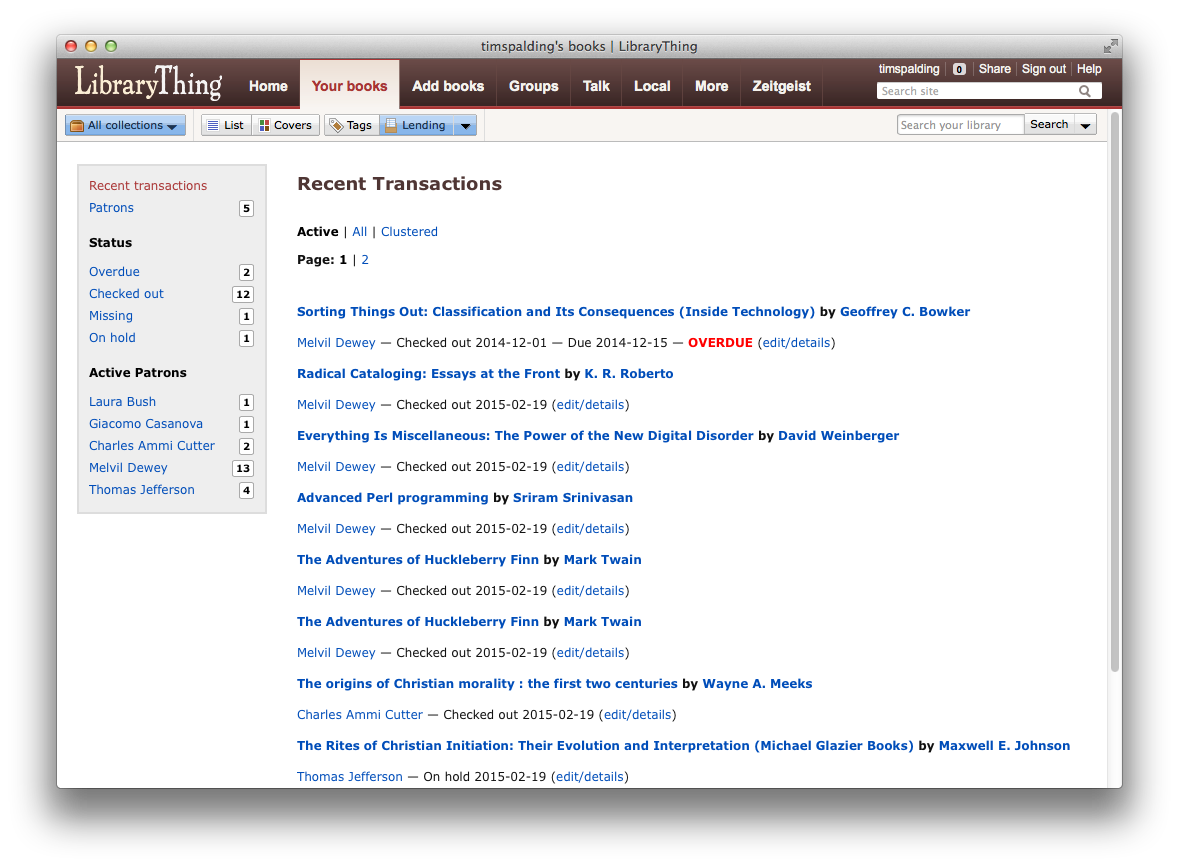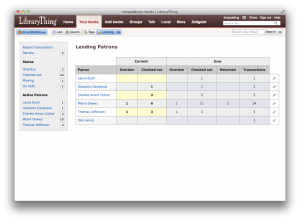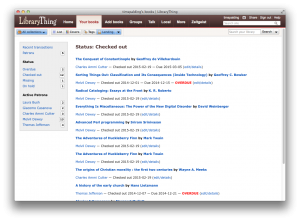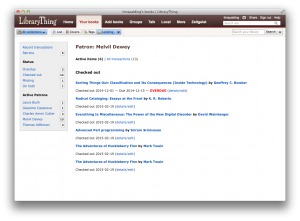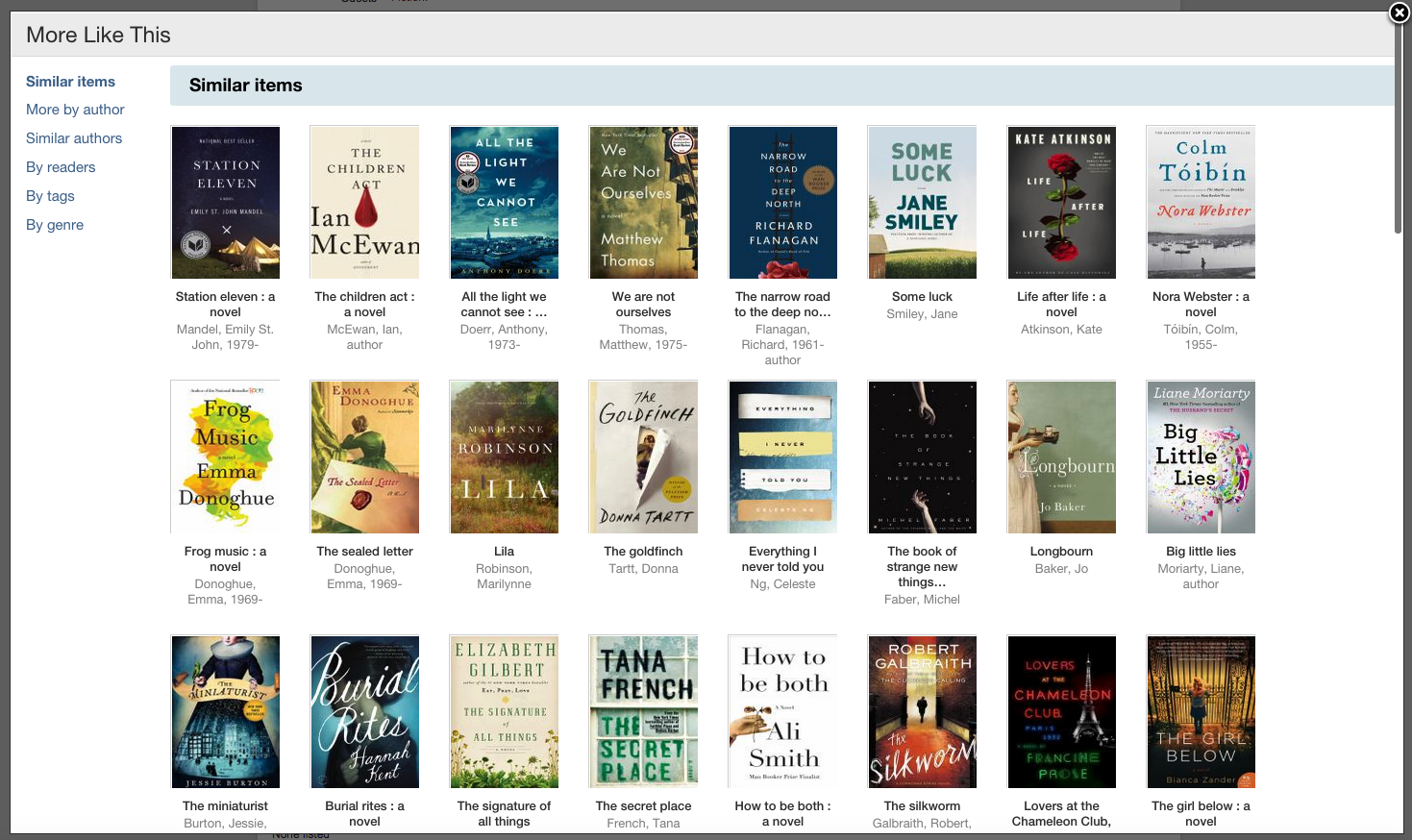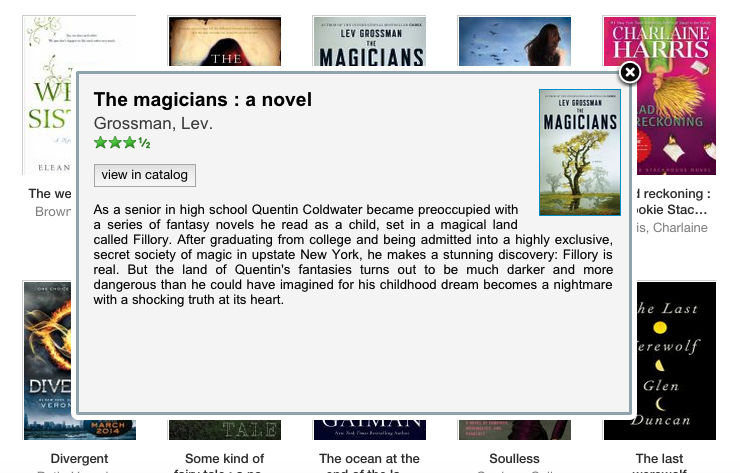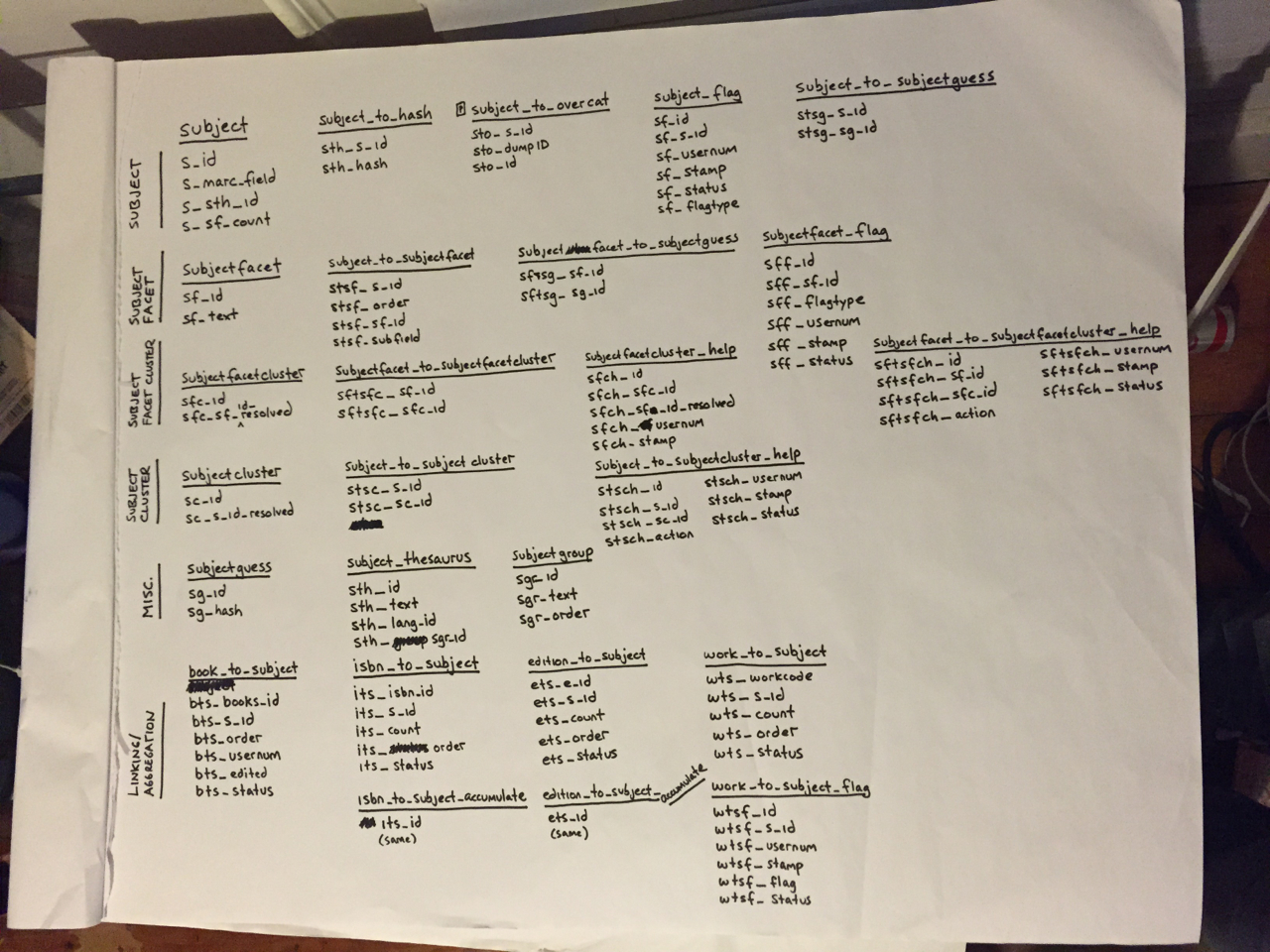I’ve added a feature so members and small libraries can record your own primary call-number system–the one that you actually use, if you use one.
You can then add a new field, “Call number” to your display styles:
You do this here, at Settings > Other settings.
Why do this? Well, a few reasons.
- Your styles can include a “Call number” field, which visitors will find easier to understand.
- If you set it to Library of Congress (LCC) or Dewey (DDC/MDS), then you can change the “Call number” column and it will change your LCC or DDC.
- If you set it to “Personal or custom system” you can add, edit and show your own private call numbers, without bothering to edit another system.
- If you set it to one of the many others (Bliss, Cutter Expansive, etc.) you can add your own numbers, and at some point in the future we may be able to improve on that with additional data from library records. If not data, we can at least code the rules for sorting other classifications.
Here are the options. Feel free to suggest others. Note that nothing has been taken away here. You can continue to use DDC, LCC and now a new private call-number system without obstacles.
Come talk about this on Talk.




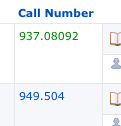
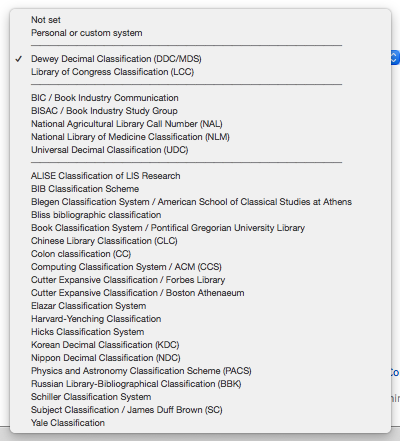

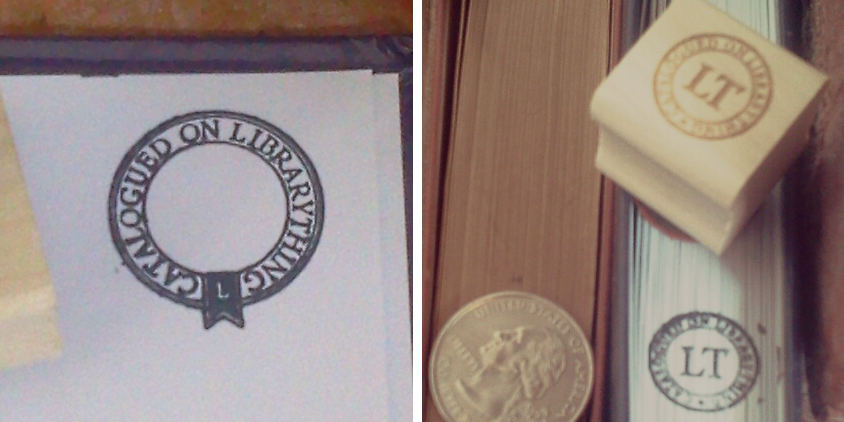
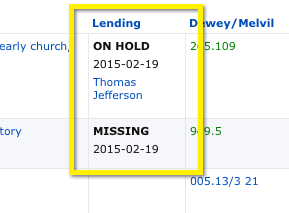


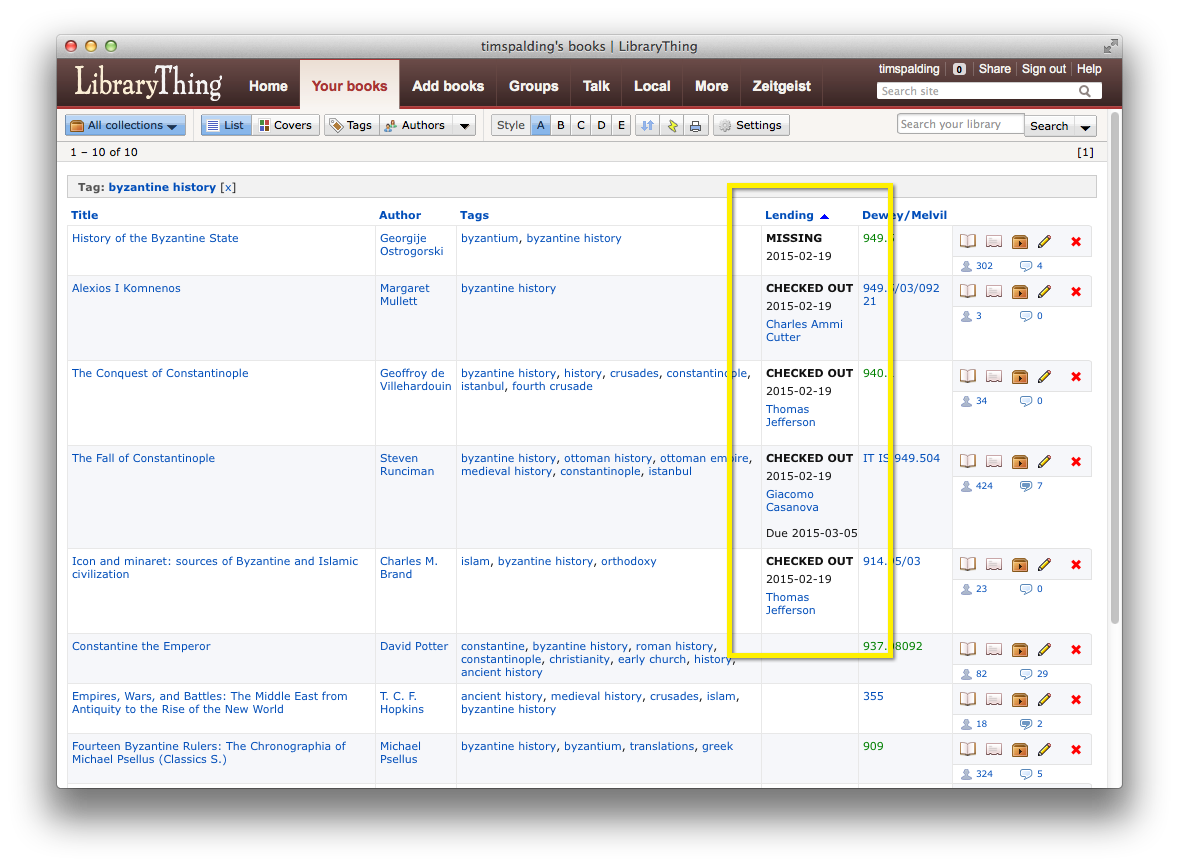
 ) to edit lending status, and, if the book has a status, an area for showing it.
) to edit lending status, and, if the book has a status, an area for showing it.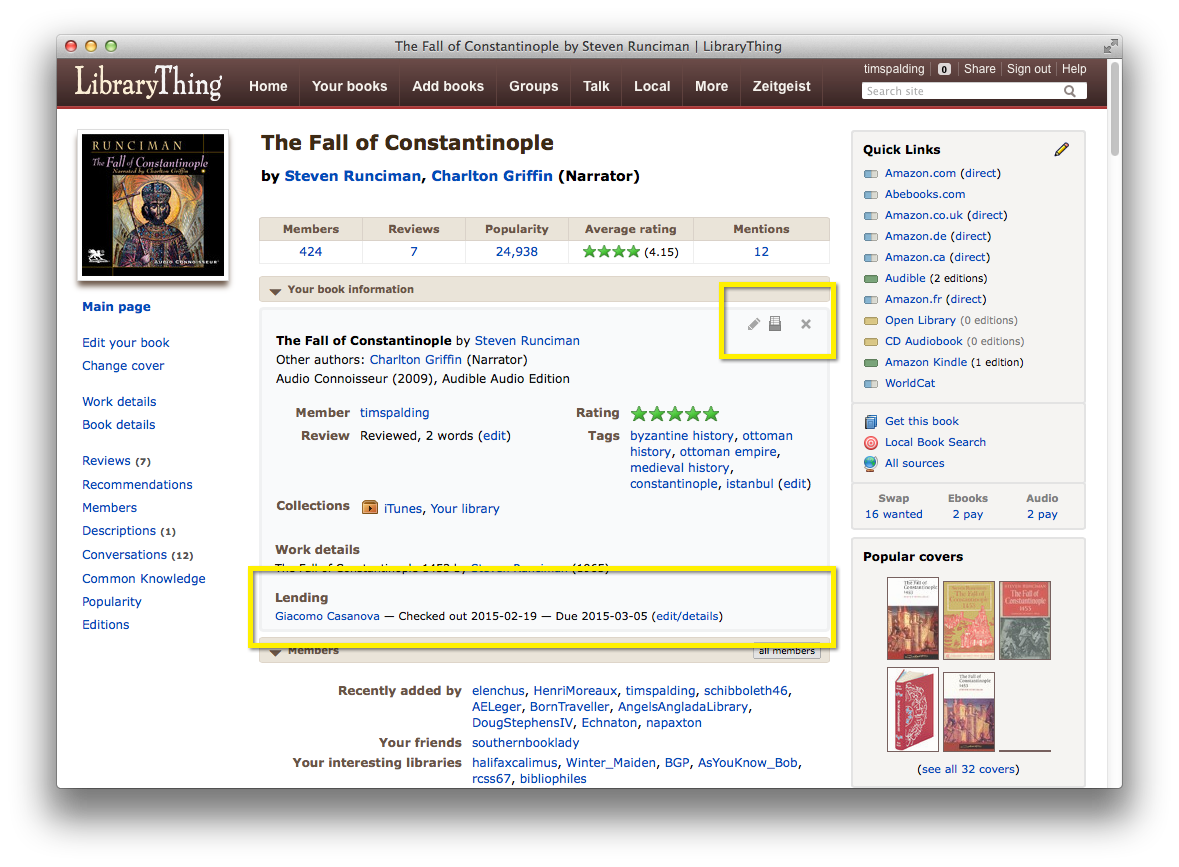
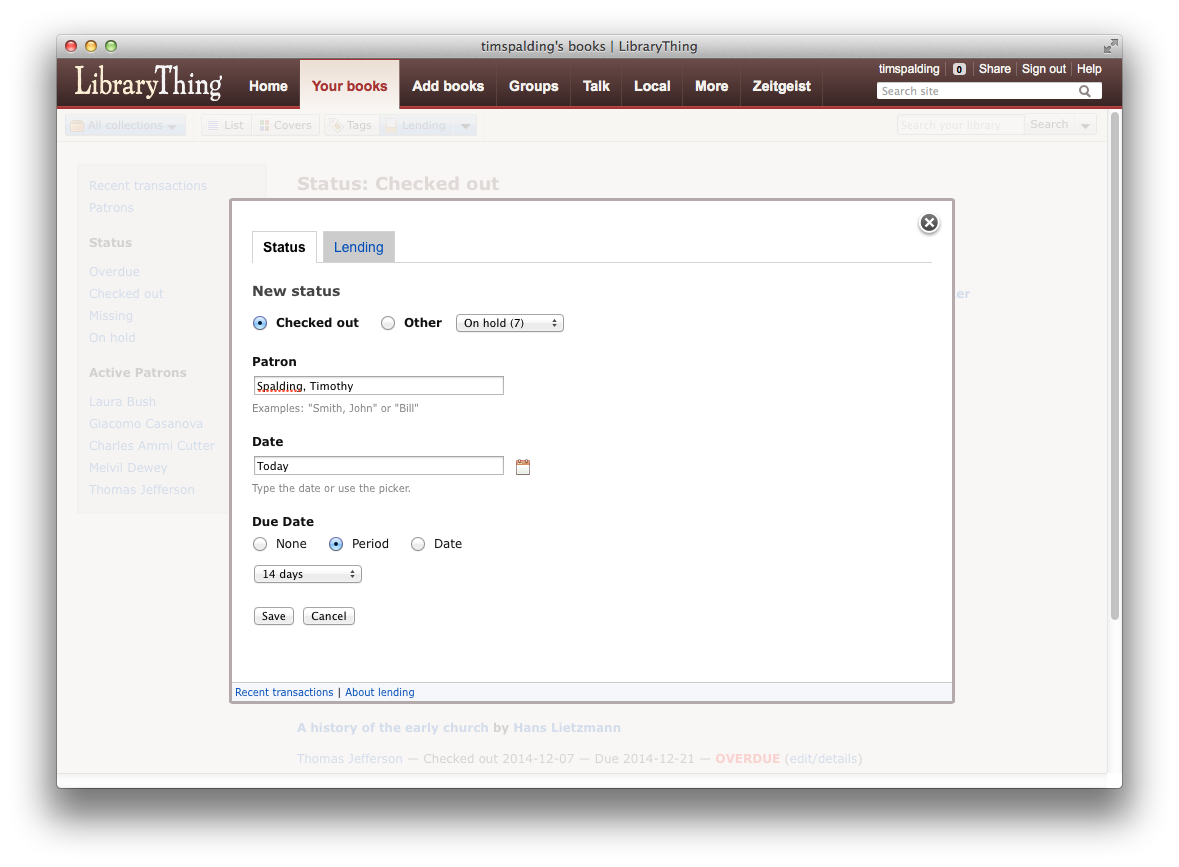
 ) shows you summary and transaction information.
) shows you summary and transaction information.